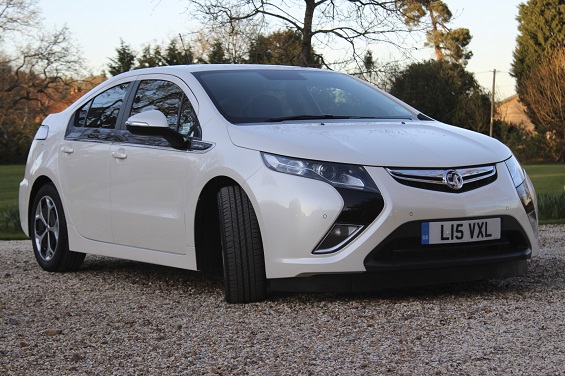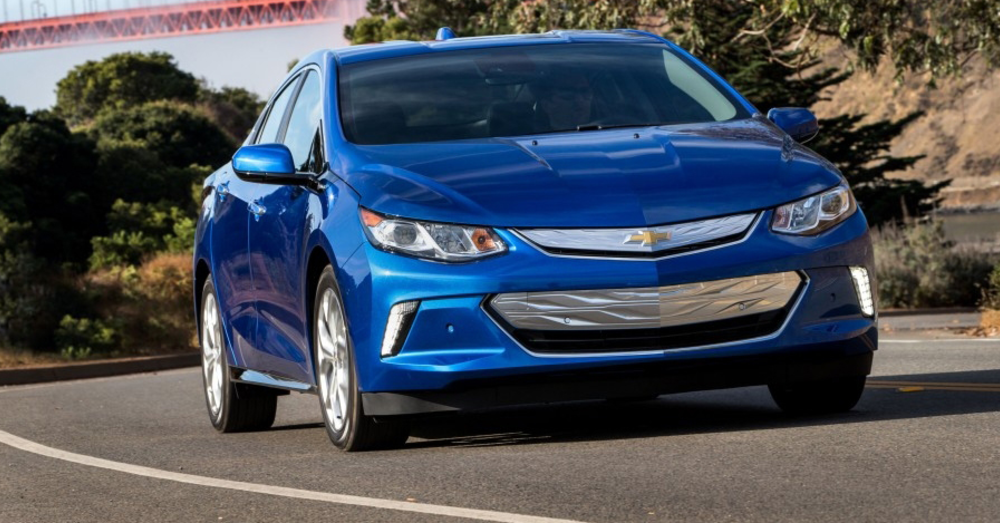
Electric Schools Buses and Stricter Pollution Regulations for Commercial Vehicles Coming Before 2030, According to the EPA
Just this Tuesday – December 20th, 2022 – the Biden Administration and the EPA finalized new pollution standards for heavy-duty commercial vehicles and equipment that have been in talks since at least the beginning of 2022.
While these changes are set to go into effect in 2027, the standards that are being formed now will lead to a healthier, zero-emission-focused tomorrow, according to officials.
So what exactly are these new regulations, what vehicles are affected, how will the changes be funded, and what benefits will they bring?
Biden Administration and the U.S. Environmental Protection Agency Create and Fund New Standards for Emissions
The EPA’s new standards – updated for the first time since 2001 – are meant to regulate nitrogen oxide emissions in heavy-duty trucks and commercial vehicles. These regulations are supposed to go into effect in 2027 and hope to make manufacturers create engines with better emissions controls.
This regulation aims to cut air pollution and improve general air quality by reducing nitrogen oxide emissions during idling or stop-and-go traffic conditions for commercial vehicles and equipment.
But what exactly are these commercial vehicles referenced in the standards?
Defining Commercial Vehicles and Equipment – What Vehicles are Affected by New Standards?
According to the EPA, commercial vehicles include large trucks – such as 18-wheelers – delivery vans, and buses.
Because vehicles like buses and big trucks contribute to roughly 23% of all emissions and pollution, the EPA and the Biden administration decided to take steps to reduce that percentage. While the EPA focused on truck manufacturing, the Biden administration turned its attention to buses.
Funding and Future Plans for Zero-Emission Vehicles
Vice President Harris worked with the Department of Transportation this year to fund over $1.3 billion toward helping states purchase electric buses. This is in combination with $17 million to create electric low and zero-emission school buses and $7 million from the American Rescue Plan to replace old diesel school buses with electric ones in underserved cities.
But the EPA still isn’t done! In response to criticism from California representatives, a spokesperson for the EPA said that this was only the first step toward the federal government’s ultimate goal of clean air and zero-emission commercial vehicles and equipment.
To help drive this home, the EPA gave estimates for the benefits of their new standards.
The Benefits of the EPA’s New Standards
EPA Administrator Micheal Regan said the new regulations would protect public health, “especially the health of 72 million people living near truck freight routes in America.” The agency’s numbers back this statement.
According to the EPA, nearly 3,000 premature deaths will be prevented, as well as 18,000 cases of childhood asthma and over 6,500 related hospital admissions.
As for the community and economy, 78,000 fewer workdays will be lost for adults, 1.1 million fewer school days will be lost for children, and just under $30 billion will be saved.
With that in mind, the EPA sounds like they’re on the right track, and we should definitely be looking forward to the future of commercial vehicle and equipment emissions in 2027.
This post may contain affiliate links. Meaning a commission is given should you decide to make a purchase through these links, at no cost to you. All products shown are researched and tested to give an accurate review for you.



